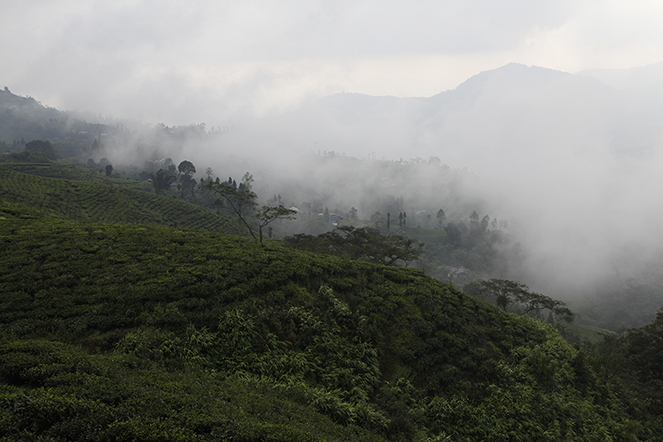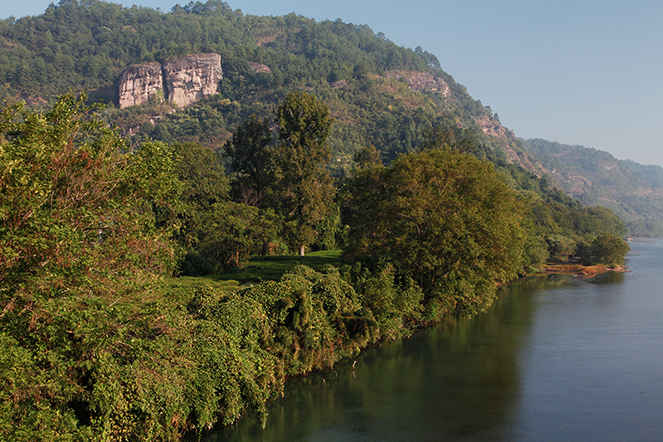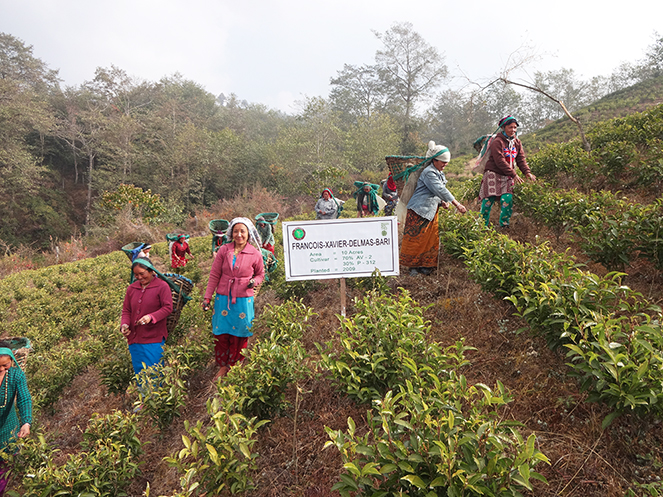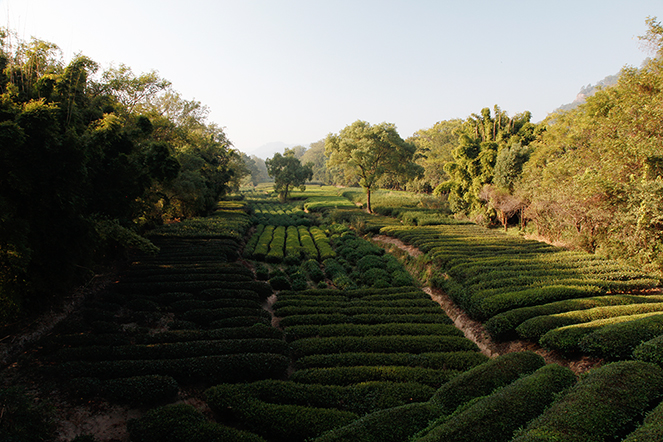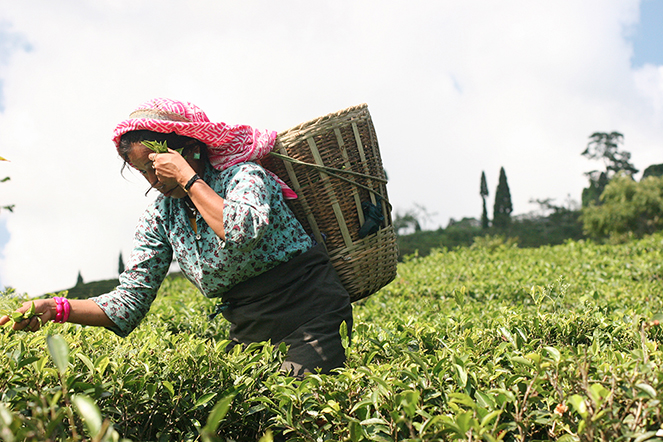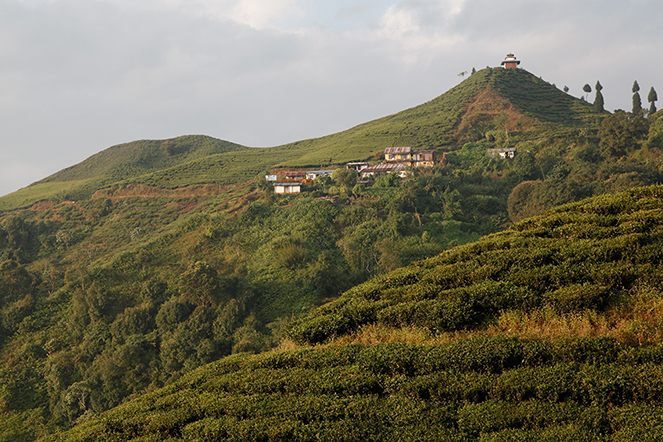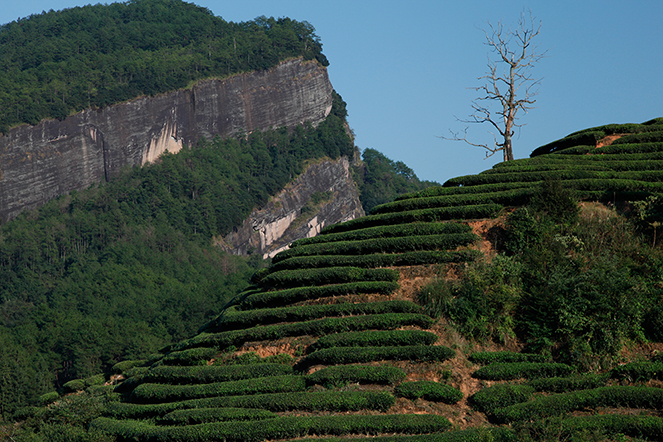First-flush Darjeelings should be infused for between 3:30 and 4 minutes. The easiest way is to set your timer for 3:45. You have to be accurate when preparing this type of tea. If you want to retain a good balance between the aromatic bouquet, texture and flavour, you must stop the infusion in time. What you need is to give the aromas time to develop, while keeping the astringency and bitterness at a delicate level so they prolong the perception of aromas without overpowering them.
les prolongent la perception des parfums, sans leur faire ombrage.



